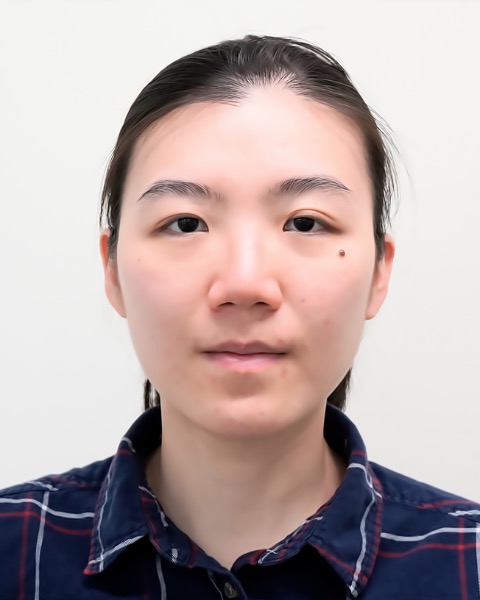Tissue Engineering
Tissue Engineering - Poster Session A & B
Z5 - Development of an in vitro Sjögren’s disease tissue chip for mechanistic studies and drug screening
Thursday, October 9, 2025
10:00 AM - 11:00 AM PDT
Location: Exhibit Hall F, G & H

Chiao Yun Chen, MS
Graduate student
University of Rochester, United States
Lisa DeLouise
University of Rochester
Rochester, New York, United States
Presenting Author(s)
Primary Investigator(s)
Introduction: : The goal of this project is to develop a Sjögren’s disease (SjD) tissue chip for disease modeling and drug discovery. SjD is a chronic autoimmune disorder affecting up to 1% of the global population. It is characterized by lymphocytic infiltration and destruction of exocrine glands, particularly the salivary glands, with over 90% of patients experiencing xerostomia (dry mouth). Current treatments are palliative and do not address the underlying cause or inhibit disease progression. Although genetic, hormonal, and environmental factors are implicated in SjD development, its etiology remains unclear. Animal models are commonly used, but they are expensive, raise ethical concerns, and have limited throughput for drug screening.
Materials and
Methods: : To address this, we are developing an in vitro mouse SjD tissue chip (SDTC) by culturing diseased salivary gland mimetics (SGm) from 13-14-week-old MRL/lpr mice, a validated SjD model. The microbubble array format allows generation of over 30 chips from a single mouse, significantly reducing animal use. Each chip contains approximately 40 uniformly sized SGm and is placed in a single well of a 48-well plate, thereby increasing assay throughput with high statistical rigor. To validate the SDTC, we will assess the phenotype and function of SGm derived from healthy young (6-8 weeks) and aged (13-14 weeks) C57BL/6 mice, as well as aged MRL/lpr mice, using Calcien AM staining, calcium signaling assay, qPCR, flow cytometry, and immunostaining.
Results, Conclusions, and Discussions:: When culturing healthy SGm from young and aged C57BL/6 mice in the tissue chips, we observed that the tissue chip platform supports high cell viability in both groups (> 85%) and yields comparable spheroid size (young: 95.7 ± 13.8 µm, aged: 82.6 ± 0.25 µm) at day 7 (Fig. 1). We expect that tissue chips will similarly support viability and spheroid formation of diseased SGm, although with smaller diameters compared to healthy SGm. Functional assessment via ATP stimulation (a purinergic receptor agonist) showed that SGm from young C57BL/6 mice exhibited a higher calcium flux response than those from aged mice at day 7. We expect a further reduction in calcium signaling in diseased SGm compared to healthy controls, consistent with SjD symptoms. To enable in-depth cellular characterization, we have successfully established flow cytometry panels for native gland and immune cells using mouse salivary glands. The observed acinar-to-ductal cell ratio (~1.5:1) aligns with previous studies, supporting the accuracy of our method. Notably, healthy aged glands contained a higher percentage of CD45+ immune cells than young glands. Based on these findings, we anticipate salivary glands from MRL/lpr mice to exhibit an even higher percentage of CD45+ cells. We will extend this analysis to SDTC at day 7, expecting a reduced proportion of acinar cells and increased immune cell percentage. Further validation using qPCR and immunostaining will assess gene expression and tissue architecture. We expect to observe downregulation of acinar markers, upregulation of immune-related genes, disrupted epithelial polarity, and immune cell infiltration in SDTC. This work will establish the first in vitro model of Sjögren’s disease, enhancing experimental throughput and reducing animal use, thereby addressing a critical gap in current preclinical tools for mechanistic studies and drug screening.
Acknowledgements and/or References (Optional):: We would like to thank the University of Rochester Environmental Health Sciences Center (EHSC) for funding: P30 ES001247, as well as the NIH Office of Autoimmune Disease Research for funding: R21 DE034549.
